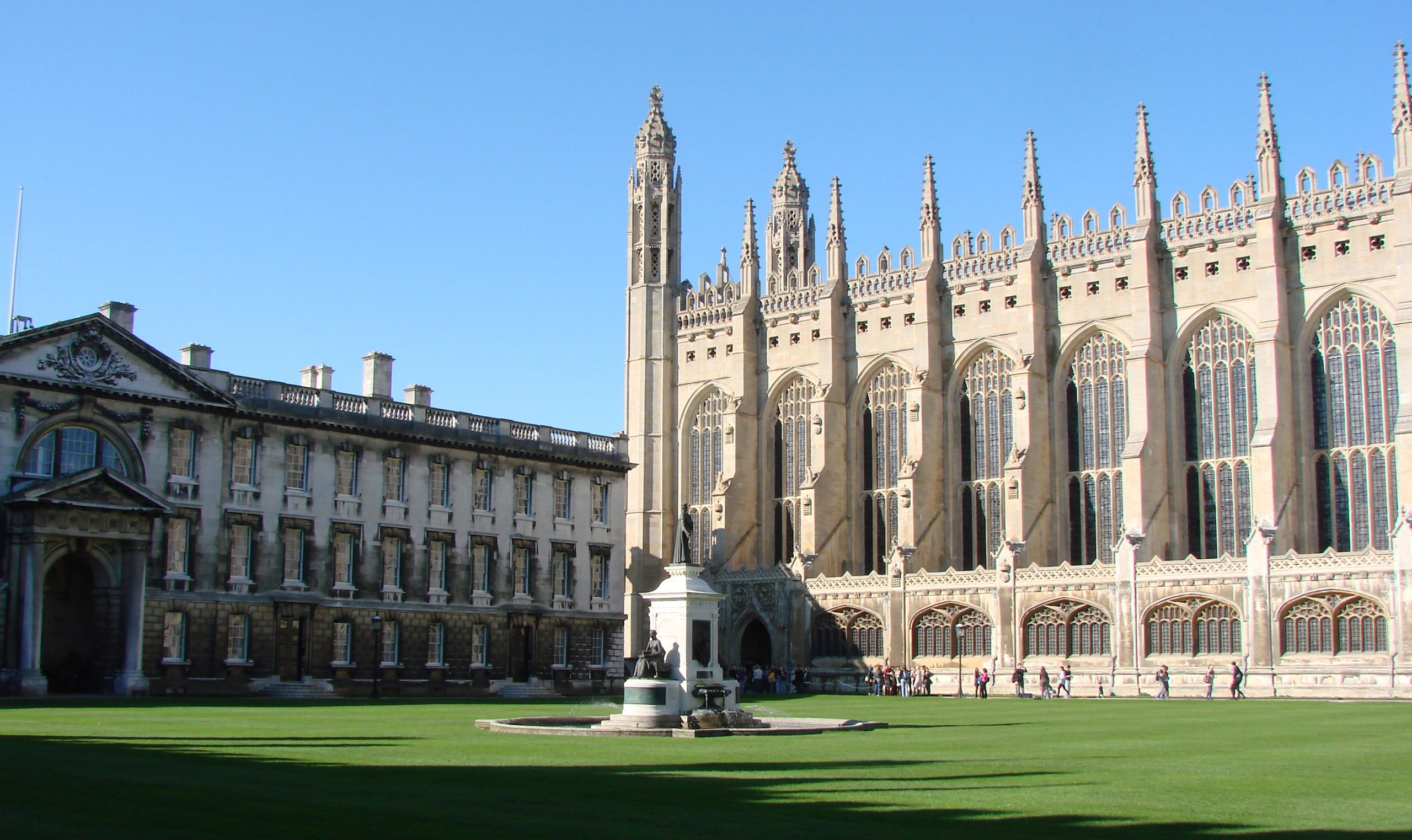King’s College Chapel, a Grade I listed building at Cambridge University, and for many the starting point of every English Christmas, is benefitting from solar electricity generated on its roof, in face of opposition from Historic England.
With unanimous permission secured from city planners, more than 400 PV panels have been fixed to the fifteenth century roofs above iconic Gothic walls featuring spectacular stained glass. The panels will now generate around 106,000 kWh a year, amounting to around 5.5% of the college’s electricity consumption.
English planning restrictions make it hard, often impossible, to fix solar PV on roofs of listed buildings or in conservation areas, particularly where panels are visible from ground level.
King’s says this is not the case with its chapel. Though the installation can be seen from high in neighbouring buildings, its appearance from across the river Cam, much prized by punting tourists as well as by film & TV producers, is unaffected.
Heritage preservers at Historic England had objected that the installation would amount to ‘irreparable damage to an exceptionally significant building’.
But King’s follows in a line of places of worship adopting solar. From behind masking parapets, St James’ Piccadilly in London installed ballasted PV panels nearly two decades ago. Other churches, mosques and synagogues with south-facing expanses have followed, including Salisbury and Bradford cathedrals. In Germany, where some Protestant congregations are funded directly from state taxes, panels above pews are common.
Gillian Tett, the new provost – head – of King’s College said its initiative was not ‘virtue signalling’ but instead ‘a clarion call for change’.
“We face a climate emergency”, the former financial journalist told the Guardian newspaper. “We have to be imaginative about how we respond to it. “Yes, it’s a symbol but symbols reinforce what’s normal and we’re trying to change what’s thought of as normal.”
“We can either be trapped by our historic past, or we try and use that as a springboard to look forward”, she told the newspaper.
In granting permission, the city’s planning committee defied both Historic England’s experts and a recommendation from the city’s planning officials. Reportedly councillors’ minds were changed by a inspirational speech by the college’s former provost, astrophysicist Prof. Michael Proctor.
North-facing as well as south-facing slopes of the chapel’s roof have received panels. The latter is predicted to make up to 40% of output, contributing to more low-carbon energy from a ground-source heat pump. King’s intends to be Net Zero by 2038.
Cambridge University, of which King’s College is a member, has faced controversy over its reluctance to divest all fossil-fuel investments in its centuries of endowments.




